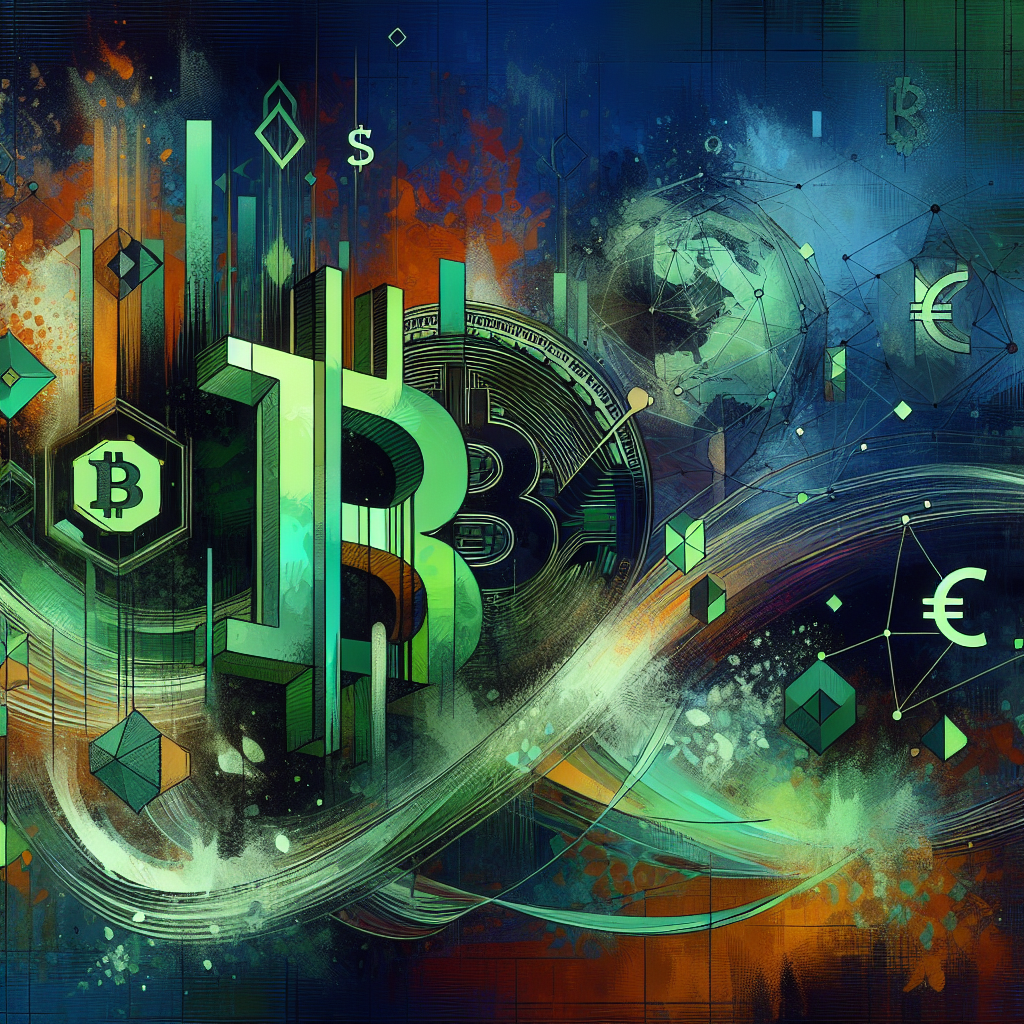In the intricate chess game of geopolitics, the rise of cryptocurrency has introduced a new dynamic. Recent reports have unveiled a curious trend: Russian entities leveraging Kyrgyzstan’s burgeoning crypto infrastructure to circumvent international sanctions and secure dual-use goods for military endeavors in Ukraine. As the eyes of the world remain fixed on the conflict, this alliance between Russian interests and Kyrgyzstan’s crypto landscape warrants deeper investigation.
Several key findings highlight this concerning nexus. With Kyrgyzstan’s crypto sector experiencing explosive growth, Russian entities are allegedly exploiting this environment to amass equipment suitable for warfare. Notably, numerous exchanges registered in Kyrgyzstan bear striking similarities to the infamous Russian exchange Garantex, which was sanctioned due to its involvement in facilitating illicit transactions.
The transformation of Kyrgyzstan into a rapidly evolving crypto hub began in January 2022 after the introduction of the “On Virtual Assets” law. This legislation provided a framework for licensing and regulating virtual asset service providers (VASPs), making way for a wave of new firms and exchanges. Consequently, transaction volumes skyrocketed—from a mere $59 million in 2022 to a staggering $4.2 billion just in the first seven months of 2024, as highlighted in a report by blockchain intelligence firm TRM Labs.
Yet, such remarkable growth came with a dark side. TRM Labs uncovered that numerous exchanges registered in Kyrgyzstan closely resemble shell corporations, often sharing addresses, contact details, and founders. Alarmingly, some of these entities have been tied to transactions with sanctioned Russian groups, notably the Rusich paramilitary organization, closely affiliated with the Wagner Group, notorious for its roles in various global conflicts.
In a startling revelation, parallels have been drawn between these Kyrgyz-based exchanges and Garantex. Following the shutdown of Garantex by law enforcement in March 2025, new platforms like Grinex and Meer emerged, exhibiting similar transaction behaviors. Grinex, in particular, began processing withdrawals through a Russian stablecoin known as A7A5 shortly after Garantex’s downfall, raising suspicions about possible collusion.
As Russian investment in Kyrgyzstan surged by 23% in early 2024 and bilateral trade skyrocketed to $3.5 billion last year, the implications of these findings become increasingly significant. Analysts suggest that Kyrgyzstan may have morphed into a vital transshipment point for dual-use goods—items that can serve both civilian and military functions. Reports indicate that exports of such goods from China to Kyrgyzstan and Kazakhstan rose by an astonishing 64% between 2022 and 2023, totaling about $1.3 billion.
As the situation evolves, urgent questions arise regarding the role of Kyrgyzstan in Russia’s meta-strategy to evade sanctions. Although current Kyrgyz legislation permits foreign nationals to register VASPs remotely, TRM Labs advocates for regulatory reforms aimed at enhancing transparency and imposing stricter residency requirements for these service providers to curb illicit activities.
This exploration of crypto’s role within the conflict extends beyond the borders of Kyrgyzstan. Recently, the Russian Agricultural Bank (RusAg) announced that it is working with the Bank of Russia to explore digital asset-based solutions for payments in grain exports. Irina Zhachkina, RusAg’s First Deputy CEO, characterized cryptocurrencies as a “convenient alternative instrument” for navigating the challenging landscape of cross-border payments amidst ongoing sanctions that restrict Russia’s access to traditional financial channels.
In a related development, Russia’s central bank has unveiled new guidance allowing qualified investors limited access to crypto-linked financial products, such as derivatives and securities tied to cryptocurrency prices. However, these offerings are required to be non-deliverable and settled in fiat, indicating a cautious approach amid a rapidly changing financial narrative.
The implications of these developments are profound, marking a shift in the geopolitical landscape where cryptocurrency, once seen as a means of financial liberation, now acts as a tool in the sphere of international conflict. As nations grapple with the evolving roles of digital currencies, the urgent need for comprehensive regulations becomes clear, guiding the future of financial interaction in a world increasingly dominated by digital assets. What steps will Kyrgyzstan take to ensure its crypto sector is not misused? The future remains uncertain, yet the stakes have never been higher.
